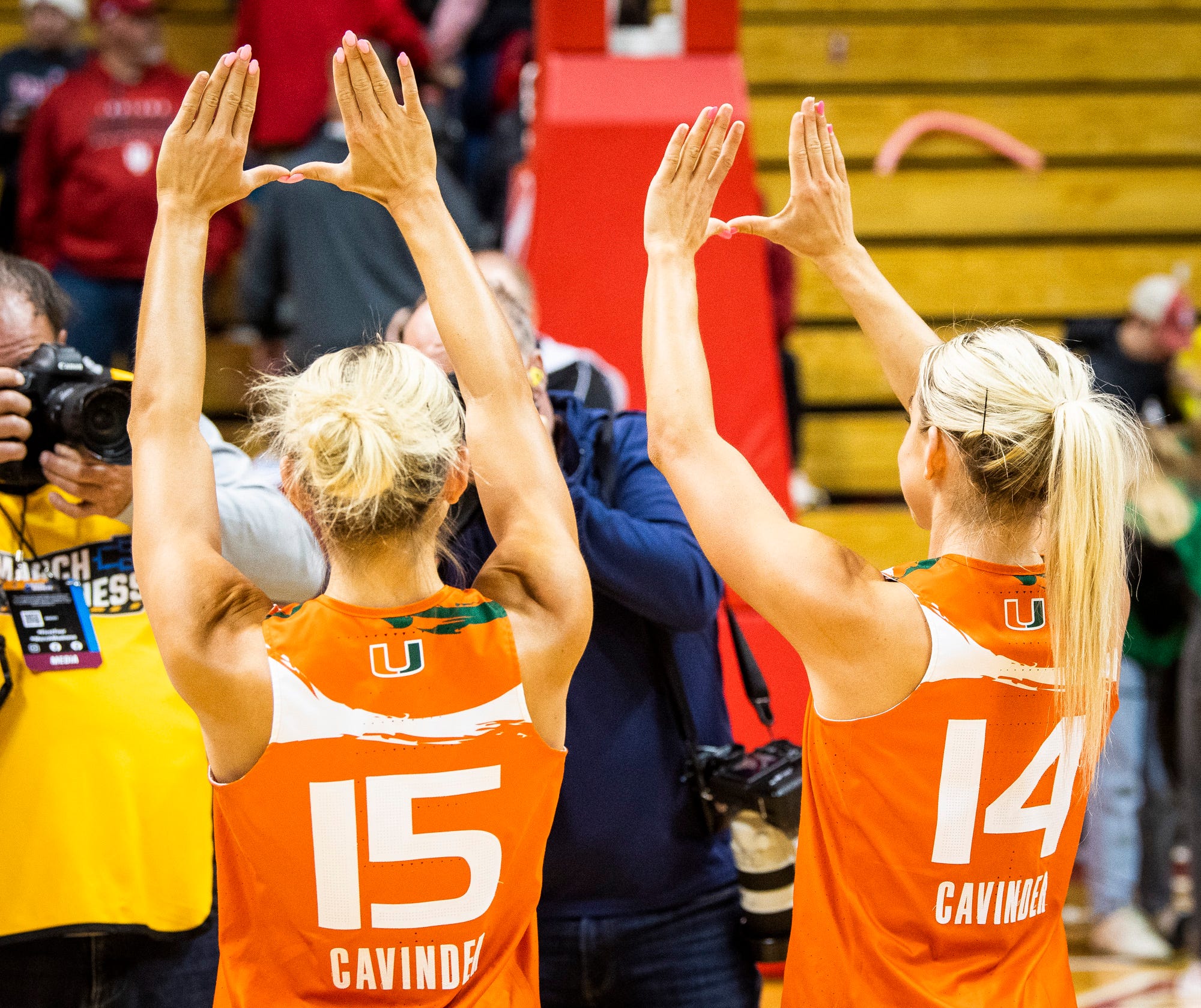 Whatever you do today, do NOT say that Cinco De Mayo is the Mexican Independence day. Just don’t be that person please.
Whatever you do today, do NOT say that Cinco De Mayo is the Mexican Independence day. Just don’t be that person please.
Cinco de Mayo is observed in the United States as a celebration of Mexican heritage and pride, and to commemorate the cause of freedom and democracy during the first years of the American Civil War. In the state of Puebla, the date is observed to commemorate the Mexican army’s unlikely victory over French forces at the Battle of Puebla on May 5, 1862, under the leadership of General Ignacio Zaragoza Seguín.
In 1861 the liberal Mexican Benito Juárez (1806-1872) became president of a country in financial ruin, and he was forced to default on his debts to European governments. In response, France, Britain and Spain sent naval forces to Veracruz to demand reimbursement. Britain and Spain negotiated with Mexico and withdrew, but France, ruled by Napoleon III (1808-1873), decided to use the opportunity to carve a dependent empire out of Mexican territory. Late in 1861, a well-armed French fleet stormed Veracruz, landing a large French force and driving President Juárez and his government into retreat.
Certain that success would come swiftly, 6,000 French troops under General Charles Latrille de Lorencez (1814-1892) set out to attack Puebla de Los Angeles, a small town in east-central Mexico. From his new headquarters in the north, Juárez rounded up a rag-tag force of 2,000 loyal men—many of them either indigenous Mexicans or of mixed ancestry—and sent them to Puebla. Led by Texas-born General Ignacio Zaragoza (1829-1862), the vastly outnumbered and poorly supplied Mexicans fortified the town and prepared for the French assault. On May 5, 1862, Lorencez drew his army, well provisioned and supported by heavy artillery, before the city of Puebla and led an assault from the north. The battle lasted from daybreak to early evening, and when the French finally retreated they had lost nearly 500 soldiers. Fewer than 100 Mexicans had been killed in the clash.
Now you can drink accordingly.






